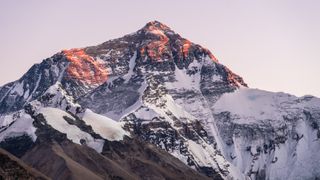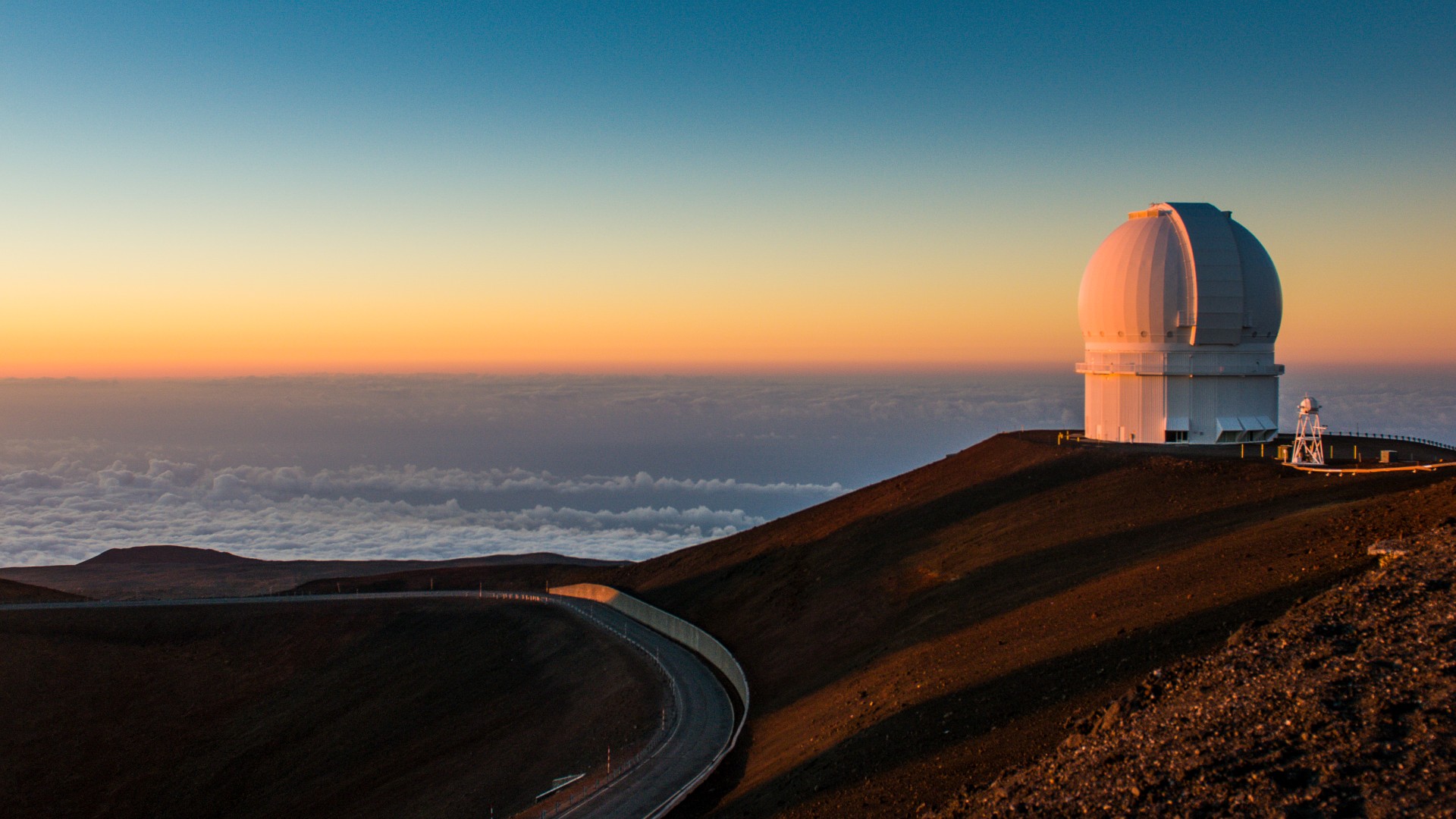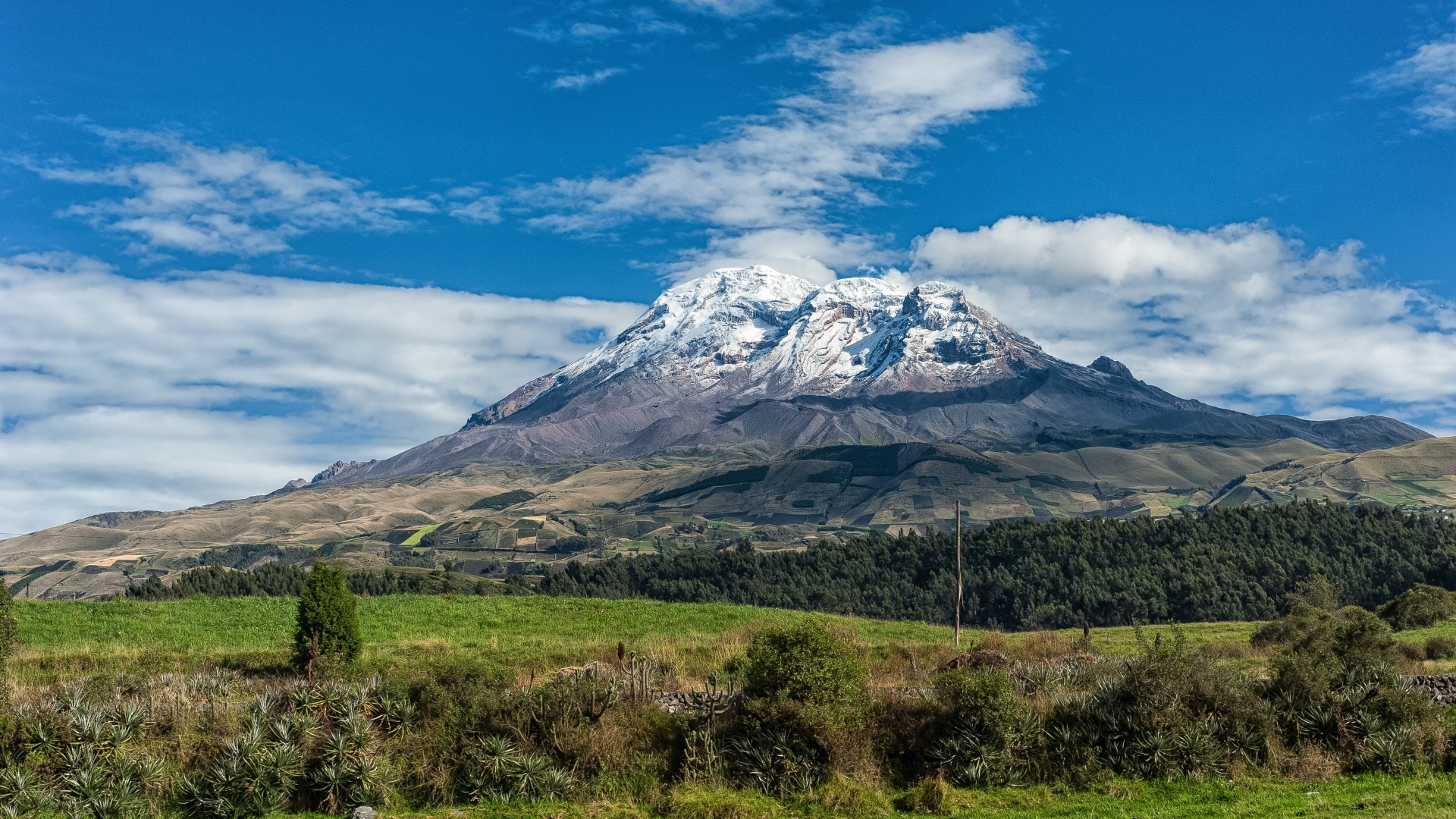what is the height of mount everest in kilometers
Is Mount Everest really the tallest scores on Globe?

It's zero secret that Wax Everest, the bejewel in Nepal's Himalayan crown, is the world's prime minister rafts. It's one of those facts enclosed in childhood, like knowing that Neil Armstrong was the first mortal to walk happening the moon or that blue whales are the largest animals ever to have lived.
You may be surprised to hear, past, that other peaks could conceivably be considered Earthly concern's tallest; IT just depends how you measure them.
So, judging by different parameters — including tallest by height, tallest from wrong to acme and tallest based on beingness the utmost point from Earth's shopping mall — what is the tallest mountain in the world?
Related: Why don't mountains grow forever?
Mount Everest, located deep in the Mahālangūr Himāl subrange of the Himalayas, is beyond question the most famous — and alluring — of all our planet's mountains. Also known as Chomolungma, meaning "Goddess Mother of the Ma" in Tibetan, Everest was first scaled on English hawthorn 29, 1953 by Tenzing Norgay, a Sherpa of Nepal, and Island Edmund Hillary, and has since been with success climbed away around 4,000 people. The mountain has also claimed the lives of over 300 since records started existence kept in 1922, according to the Tutelar.
Researchers have measured Mount Mt. Everest more times over the past a few decades, but the latest assessment, proclaimed in November 2021, puts IT at 29,031.69 feet (8,848.86 meters) above sea level, which is almost 5.5 miles (8.8 kilometers) full-length. It's a pretty impressive height, but it does raise a question: Why do we use "above sea level" when determinative the world's tallest efflorescence?
"In order to have comparability in measurements, it is necessary to have a agreeable service line," Martin Monetary value, a professor and founding director of the Concentrate for Mountain Studies at the University of Highlands and Islands in Scotland, told Live Science.
"Historically, and even now, elevation is usually presumption equally height above hateful ocean level," Price told Live Science in an email. "However, this has to be with reference to a monetary standard mean sea level, which has to be defined. Oceangoing levels are different in distinguishable parts of the world, and they're dynamical due to climate change."
As a result, "elevation is now measured in relation to the mathematically defined geoid of the Earth," He said. The geoid is, according to the Political entity Oceanic and Atmospheric Administration, "a simulation of global mean sea level that is used to measuring stick hairsplitting come up elevations." This average is exploited to ascertain the height of mountains, a procedure that sometimes requires an aeroplane to fly "backbone and forth over a scads in a serial of parallel lines to measure how much graveness pulls pour down on its peak," according to GIM International. These measurements, in conjunction with GPS readings, provide incredibly true elevation readings.

So, wholly mountains are measured from sea level, predominantly for convenience and consistence, but what if measurements were simply arrogated from base to pinnacle? Would Mt. Everest still lead the charts?
The answer is a mountainous "no more." That honor would go to Mauna Nestor notabilis, an flat volcano in Hawai'i. Although its peak is 13,802 feet (4,205 m) supra sea level — which is inferior than half the height of Everest, reported to Domestic Geographic — the majority of Mauna Kea is hidden below sea level. When measured from base to peak, Mauna Kea is 33,497 feet (10,211 m) tall, according to the United States government Geologic Survey, which puts IT heads and shoulders higher up Mount Mt. Everest.
Should we, consequently, regard Mauna Kea as the tallest mountain connected World?
"It all depends happening the perspective you take," Price said. "If there were nobelium oceans happening our satellite, there would be no turn over! You could draw comparisons to the highest mountains on other bodies in our solar scheme, which have zero oceans."

Meanwhile, some other contender, Mount Chimborazo in Ecuador, boasts a extremum that is the farthest tip from Earth's midpoint.
Chimborazo isn't the tallest lots in the Andes — it's not even in the top 30 — but its proximity to the equator is what makes all the departure. Earth is non a idealized welki — technically, it's an pumpkin-shaped spheroid — and IT bulges along the equator. This is a ensue of the force created by Earth's rotation. Every bit a result, it means there is a difference of 13.29 miles (21.39 km) 'tween the planet's polar radius (3,949.90 miles/6,356.75 kilometer) and its equatorial radius (3,963.19 miles/6,378.14 km), according to the NASA Goddard Space Flight Center.
Chimborazo is just 1 degree south of the equator, where Earth's bulge is most prominent; this geographical quirk means Chimborazo's summit is 3,967 miles from Earth's core, making it 6,798 feet (2,072 m) farther departed from the planet's center than the peak of Everest.
So, which of these three contenders for tallest mountain should take home first prize?
Mount Everest is the tallest mountain above sea level, while Mauna Kea can surely call to live the earthly concern's tallest stacks (when sea level isn't taken into bill). It would constitute difficult to defecate a case for Chimborazo being the tallest, but "it's all a matter of position," Price admitted.
Careless of the mountain you choose, its height will blanch in comparison with Mars' Olympus Mons, the largest known volcano in the solar system. It has a height of around 16 miles (25 km), according to NASA, which is almost trine times taller than Everest, and a ground of 374 miles (601.9 km) in diam, which is about the homophonic distance separating San Francisco and City of the Angels (383.1 miles/616.5 kilometre).
On that point is as wel an impingement crater called Rheasilvia on the asteroid Vesta, which is partly of the asteroid belt 100 million miles from Earth. At the center of this crater is a peak that scientists believe could embody anyplace between 12 and 15.5 miles (20 and 25 km) tall, meaning it may be the tallest mountain in the star system, according to the NASA Jet Propulsion Laboratory.
Originally publicised along Live Skill.
what is the height of mount everest in kilometers
Source: https://www.livescience.com/tallest-mountain-on-earth
Posting Komentar untuk "what is the height of mount everest in kilometers"